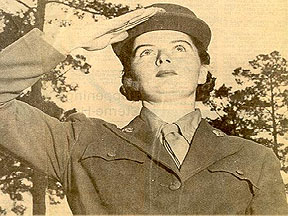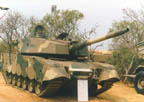LAWS AND LEGISLATION

1779-
Congress allowed a woman to receive a disability pension
1802-after the Revolutionary War, Congress introduced
an act specifying a maximum of four women in a company and ordering the Subsistence
Department to provide rations to "women who may be allowed to any particular
corps".
1861- Congress authorized
the Surgeon General to employ female nurses during the Civil War
1864-
An all-male Sanitary Commission succeeded in getting a bill introduced into
the State Legislation to repeal laws that authorized the appointment of women
Sanitary Commissioners and revoked contracts that the state had with the women
They claimed that women wasted too many supplies.
1898-Congress
authorized the U.S. Army to hire female nurses as civilians under contract
but without military status.
1899-
Surgeon General’s office issued the first Army regulation governing the
Nurse Corps with the approval of the Secretary of War. Dr. McGee wrote a bill
that established a permanent Nurse Corpse that became Section 19 of the Army
Recognition Act of 1901. Which was passed by Congress in February of 1901.
1898-1901
Dr. Anita Newcomb McGee drafted
necessary legislation to begin the process of nurses receiving some sort of
military status.
1920-Julia
Simpson assisted in drafting legislation which gave Army nurses "relative"
rank.
1925-
The Naval Reserve Act was revised and specifically excluded women from enrolling.
1938-
Revision to the Naval Reserve Act allowed women to sign-up for enrollment
into the Navy
1942- Senate considered 6 different bills that would have instituted some form of national service for women.
1943-
Congress passed legislation authorizing a temporary commission for qualified
female physicians for the duration of WWII plus six months.
1945-
President Franklin Roosevelt proposed a legislation to draft women nurses
during his Union message. The House of Representatives passed HR2277, the
Nurses Selective Service Act by a vote or 347 in favor, 42 opposed, and 43
abstentions. Their was an exception given to married women with children.
In May the War Department notified the Senate that it wouldn’t be necessary
due to the transfer of nurses from Europe to the Pacific. The legislation
was dropped.
1947-
Army- Navy Nurse Act gave all nurses full military rank but created a ceiling
on the top rank a women could achieve.
1948-
Women’s Armed Services Integration Act enabled women to join Regular
Marine Corps and gave them permanent reserve status.
1952-
Legislation that was passed allowed the permanent commissioning of women physicians
in the U.S. Army medical corps.
1973-
Congress passed legislation allowing women to serve in the Regular Coast Guard
1977-
GI Bill of Improvement Act, Section 1414 approved women for Veteran status
and allowed 18 supervising operators were given honorable discharge and Victory
Medals.
September 20, 1977 a select House on veteran affairs heard testimony on Bill
3277 that recognized WASPs service as active duty in the armed forces and
entitled them to veterans benefits. It was the only legislation to be co-sponsored
by every female member of Congress, was supported by a majority in both houses
of Congress. The bill was finally signed by President Carter in November.
Now:
No statute prevents women from serving in ground combat units. 10 U.S.C. 6015
prohibits the assignment of Navy and Marine Corps Women to vessels engaged
in combat missions or to other than temporary duty in navy vessels other than
hospital ships, transports, and similar vessels not expected to be assigned
to combat missions.
Statutory bars to women’s service on aircraft engaged in combat missions
were repealed in 1991; however, the Pentagon has failed to implement the new
policy.
Due to Desert Storm, Congress repealed the law barring women from combat aircraft
assignments and established a Presidential Commission on the Assignment of
Women in the Armed Forces to study whether additional positions should be
opened to women.
Click to go back
